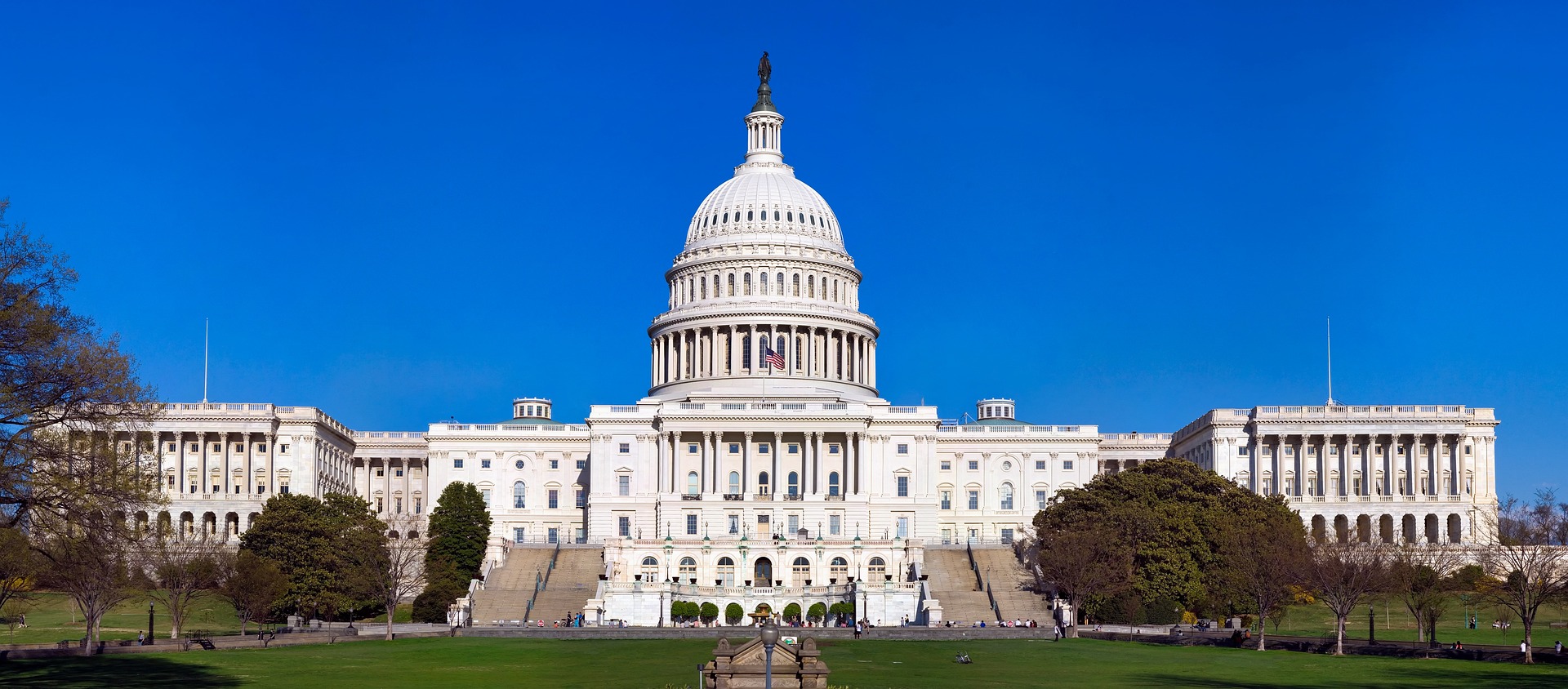In Doe v. Stonehill College the First Circuit Demonstrates a Willingness to Second Guess how Schools Conduct Disciplinary Processes
For the second time this year, the First Circuit has reversed a district court’s ruling dismissing a student’s breach of contract claim against his school, reaffirming that courts are willing to second guess school’s interpretations and applications of their own policies.
Background of the Case
In Doe v. Stonehill College the plaintiff alleged that Stonehill had violated his contract with the school, and discriminated against him in violation of Title IX, when it found him responsible for sexual misconduct in 2018 and expelled him. According to his complaint, he and student Jane Roe had had three previous consensual sexual encounters before the incident that gave rise to her Title IX complaint against him. On the night in question, he claimed that the two engaged in sexual conduct that was the same as on other nights, and to which she consented in the same way (through physical manifestations of consent) that she had on previous occasions.
 Boston Lawyer Blog
Boston Lawyer Blog








 In the last year or so, I have gotten many calls from families whose children have been harassed and discriminated against in school because of their race. Repeatedly, I am hearing that students of color, often in predominately white schools, are being called the n-word by their classmates and targeted for bullying and harassment. I am hearing that these schools are disproportionately disciplining those students of color, often for vague and subjective offenses. Even more concerning, some of these families have told me that when they have reported their children’s harassment to school officials, those officials have recognized that they have a problem with white students harassing and bullying students of color but have claimed not to know how to address or prevent the harassment. Harassment and discrimination against students of color violates both federal and state laws, and schools have an obligation to take steps to address it.
In the last year or so, I have gotten many calls from families whose children have been harassed and discriminated against in school because of their race. Repeatedly, I am hearing that students of color, often in predominately white schools, are being called the n-word by their classmates and targeted for bullying and harassment. I am hearing that these schools are disproportionately disciplining those students of color, often for vague and subjective offenses. Even more concerning, some of these families have told me that when they have reported their children’s harassment to school officials, those officials have recognized that they have a problem with white students harassing and bullying students of color but have claimed not to know how to address or prevent the harassment. Harassment and discrimination against students of color violates both federal and state laws, and schools have an obligation to take steps to address it.






